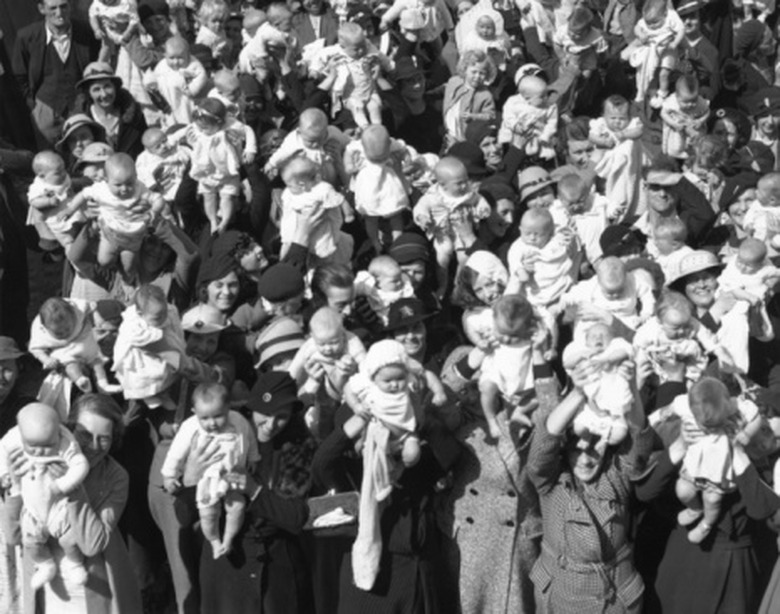How To Create A Population Density Map
Creating a population density map is relatively easy once you have collected the necessary data. You can use an existing map and color in the areas to show the variations in population density or draw a map from scratch either by hand or through a computer application. Creating a population density map for the United States to show which states have more or fewer people per square mile can be a creative way for students to learn about geography and math.
Step 1
Determine the population density for each area that will be included in the map by using the population and area data in the following formula: Population density = Population/Land Area in square miles. For example, if you are doing a population density map of each state in the United States, calculate the population density of Minnesota by taking its total population, which is 5,303,925 as listed in the 2010 Census, and divide it by the land area in square miles, which is 79,610 to get a population density of 66.6 people per square mile.
Step 2
Record the population density data for each area on a piece of paper. Calculate the total population density of the entire area to get an average population density for the entire area. For example, the population density for the entire United States is 87.4 people per square mile. So Minnesota would be below average (fewer people per square mile) compared to the total population density of the United States.
Step 3
Using the source image as a reference, draw a map on a piece of paper. Decide how many levels of density you want to portray in the map compared to the national average, and assign a color for each level. For example, a population density map of the United States might have five levels of population density: with yellow representing the average density (87.4), orange being slightly above average (100-200), red being greatly above average (more than 200), green being slightly below average (20-80), and blue being greatly below average (less than 20). Draw in a legend to explain what each color on the map represents.
Step 4
Use the recorded population density data for each area to color in the map accordingly with the colored markers.
Things Needed
- Population data
- Area data
- Source image for map layout
- Colored markers
Cite This Article
MLA
Black, Gabrielle. "How To Create A Population Density Map" sciencing.com, https://www.sciencing.com/create-population-density-map-8204638/. 24 April 2017.
APA
Black, Gabrielle. (2017, April 24). How To Create A Population Density Map. sciencing.com. Retrieved from https://www.sciencing.com/create-population-density-map-8204638/
Chicago
Black, Gabrielle. How To Create A Population Density Map last modified March 24, 2022. https://www.sciencing.com/create-population-density-map-8204638/
